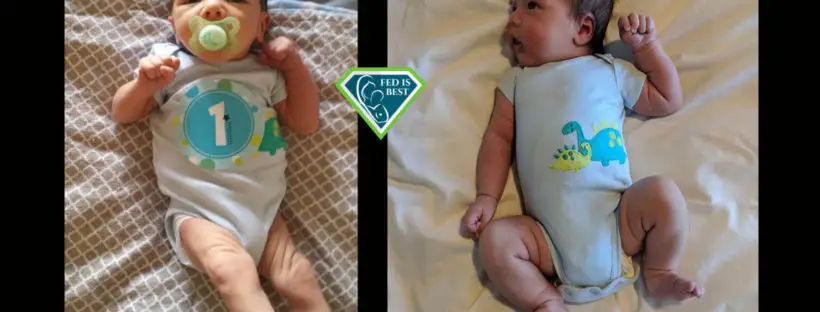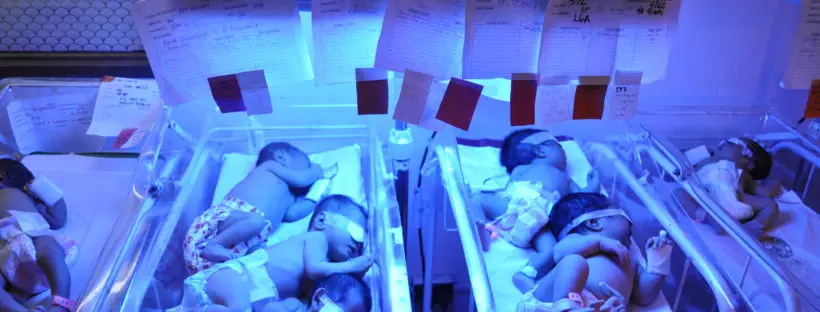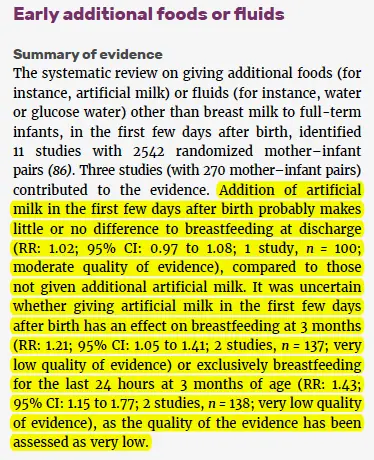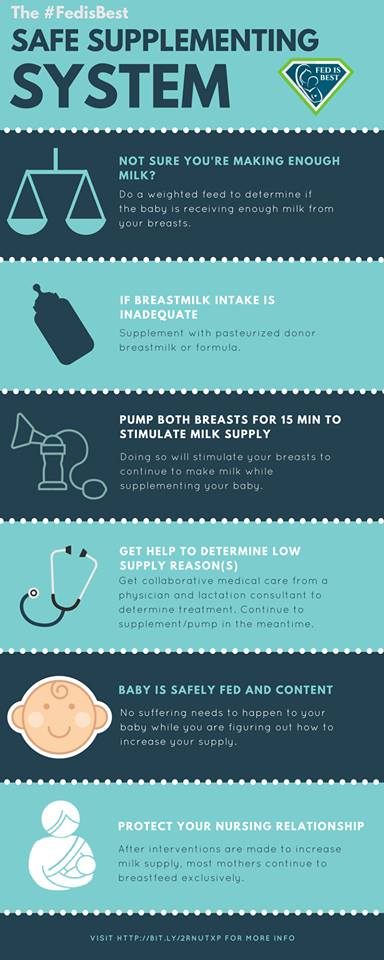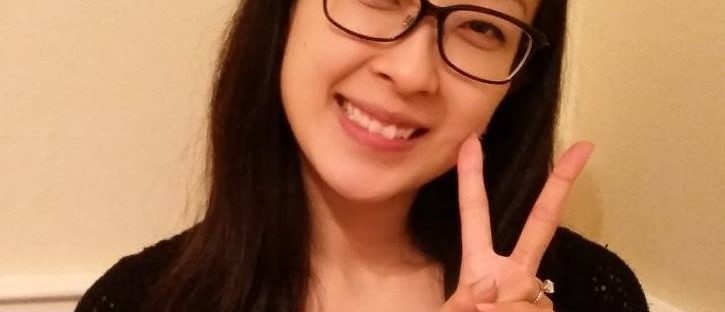When I struggled to breastfeed my son, I believed I was failing, not just at breastfeeding, but at motherhood. What was supposed to be the “best” way to feed my new baby was painful, anxiety-inducing, and landed my son back in the hospital for dehydration, eleven percent weight loss, and inability to take a bottle.
My hospital’s solution included many appointments with their lactation consultants, fenugreek from their new mother boutique, and a nurse-bottle-pump (triple-feeding) routine that drove me to the brink of despair and did nothing to increase my milk supply.
At no point in my son’s first two months did any of the lactation consultants, nurses, doctors, or any other medical staff offer a concrete explanation for my low milk supply or my son’s vice-clamp latch. Because no one seemed to know why we couldn’t get the hang of it, I felt I was not trying hard enough.
Sometime after my son’s first birthday (my original “breastfeeding goal”), I came across several online articles that explained insufficient glandular tissue, also called breast hypoplasia. I knew my breasts were an odd shape, but I was taught by the hospital lactation “experts” that breast shape and size didn’t determine breastfeeding ability. Looking at pictures of similar widely-spaced, tube-shaped breasts that produced little or no milk left me feeling a strange cocktail of emotions—validation, disbelief, anger.
I wondered why staff at my hospital, a long-time Baby Friendly Hospital Initiative (BFHI) accredited facility, hadn’t told me that I was at risk of insufficient milk production.
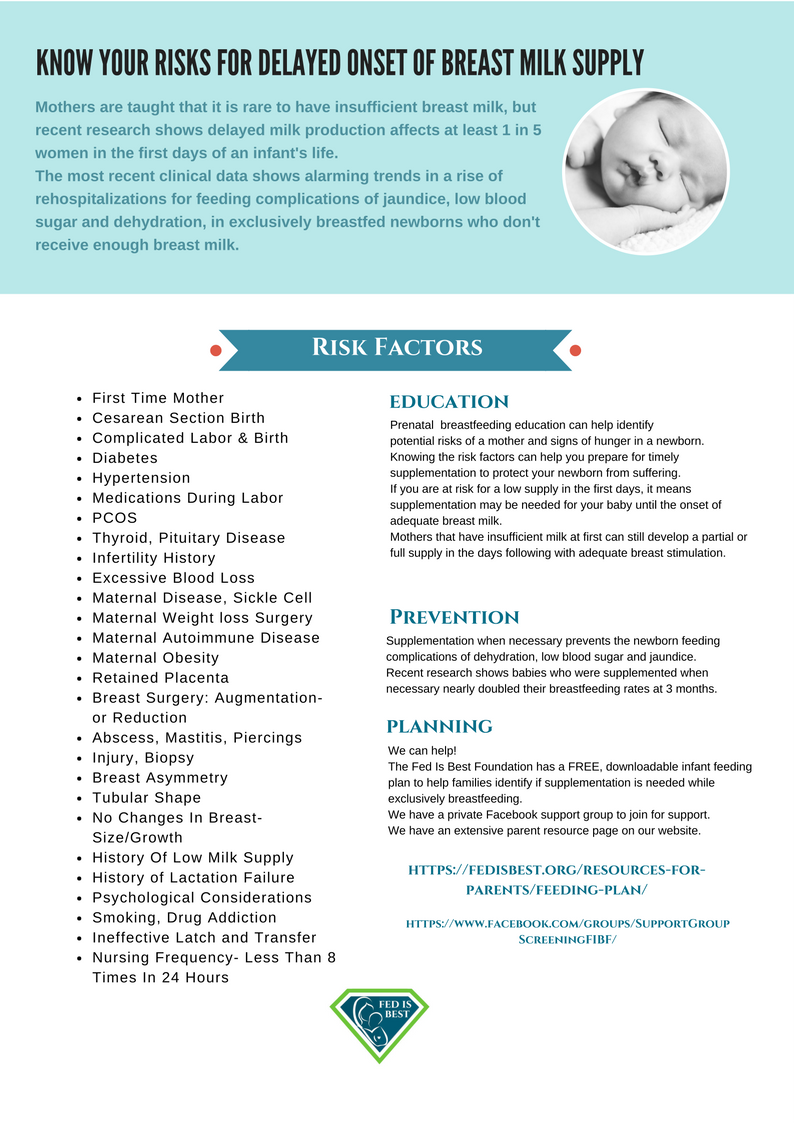
Continue reading →
